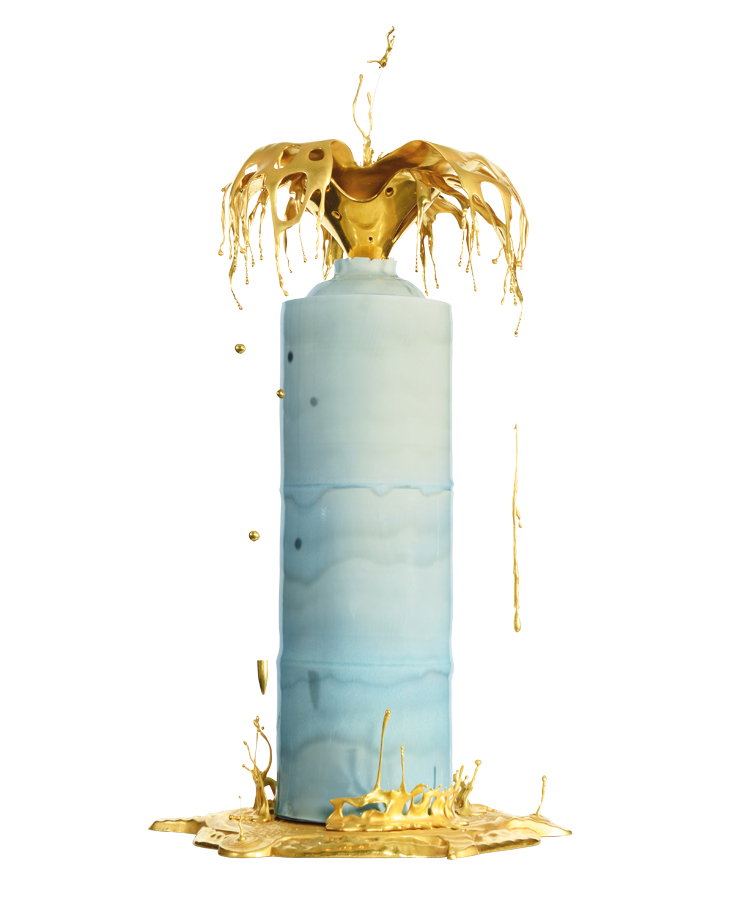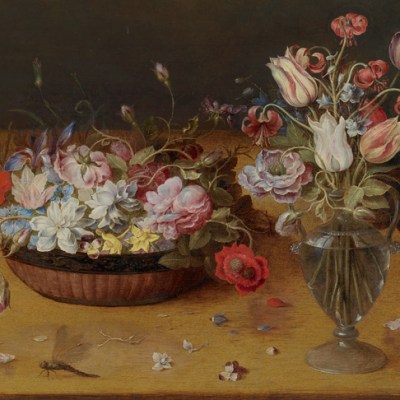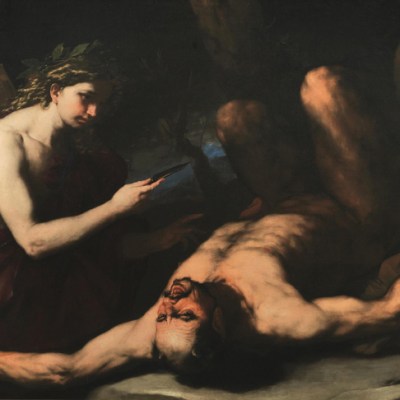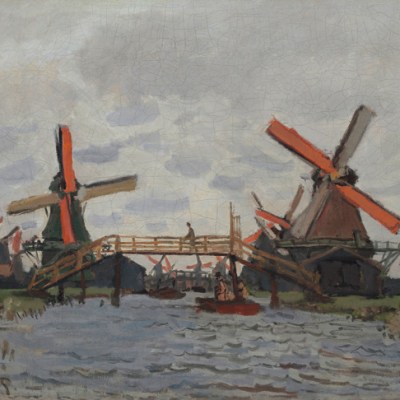TEFAF returns to the MECC in Maastricht from 10–18 March, with 275 exhibitors showing some 35,000 objects across eight sections – Ancient Art, Antiques, Design, Haute Joaillerie, Modern, Paintings, Paper and Tribal. Below is our final instalment of Susan Moore’s picks of the fair – catch up on parts one and two here and here.
Ritual weight (late 3rd–early 2nd millennium BC), Central Asia
Kallos Gallery, £95,000
The Bactria-Margiana Archaeological Complex, unearthed by the Russian archaeologist Viktor Sarianidi in the Karakum Desert in 1976, revealed a highly developed but still little understood civilisation. Variously described as idols or ritual weights, such objects have been found in a funerary context in various forms – columnar, discoid or, as in this example offered by Showcase exhibitor Kallos in beautifully figured marble ‘handbag’.
Ritual weight (late 3rd–early 2nd millennium BC), Central Asia
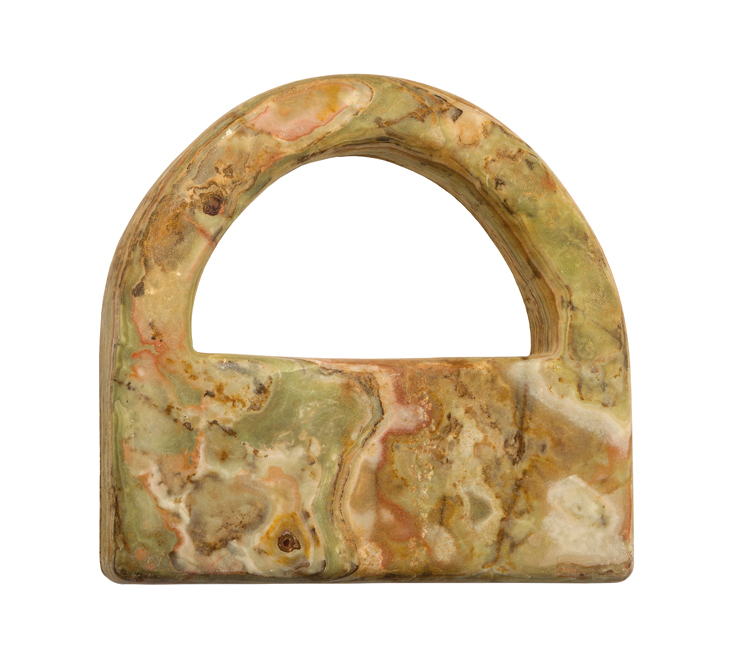
‘Glycines’ choker (c. 1901–02), Philippe Wolfers
Epoque Fine Jewels, price on request
This unique and much-exhibited piece is one of the most impressive jewels ever designed by this art nouveau master, and it belonged to his wife. The collar drips with laden racemes of wisteria, with Wolfers selecting the subtly variegated stones of pink-green watermelon tourmaline and semi-transparent opal for carving, and alternating the blooms with similarly delicate and translucent green and purple plique-à-jour enamel leaves. The scrolls of gemstones and the formal, almost symmetrical structure are also characteristic of his work. The Belgian designer had joined his family’s firm of goldsmiths Wolfers Frères in 1875, but set up his own workshop to produce unique creations, stamped ‘Ex:unique’, to differentiate them. Only 109 one-off jewels were produced between 1897 and 1905 – often to promote much more affordable pieces of jewellery – with many taken apart after their exhibition. His work is thus rarer – but also often darker in subject – than that of Lalique.
‘Glycines’ choker (c. 1901–02), Philippe Wolfers

The Covehithe Pendant (mid to late 7th century), England
Les Enluminures, $135,000
Uncovered during a cliff fall in 1993, this jewel is the finest known example of Anglo-Saxon reticulated glass. The coloured glass cabochon forming its base would have been imported ready-made but has been transformed here into a precious ‘amber’ gem. Strands or rods of banded glass laid in a network above the cabochon were, unusually, ‘marvered’ into its surface, to give what seems a mysterious sense of depth to the ancient and significant interlace pattern.
The Covehithe Pendant (mid to late 7th century), England
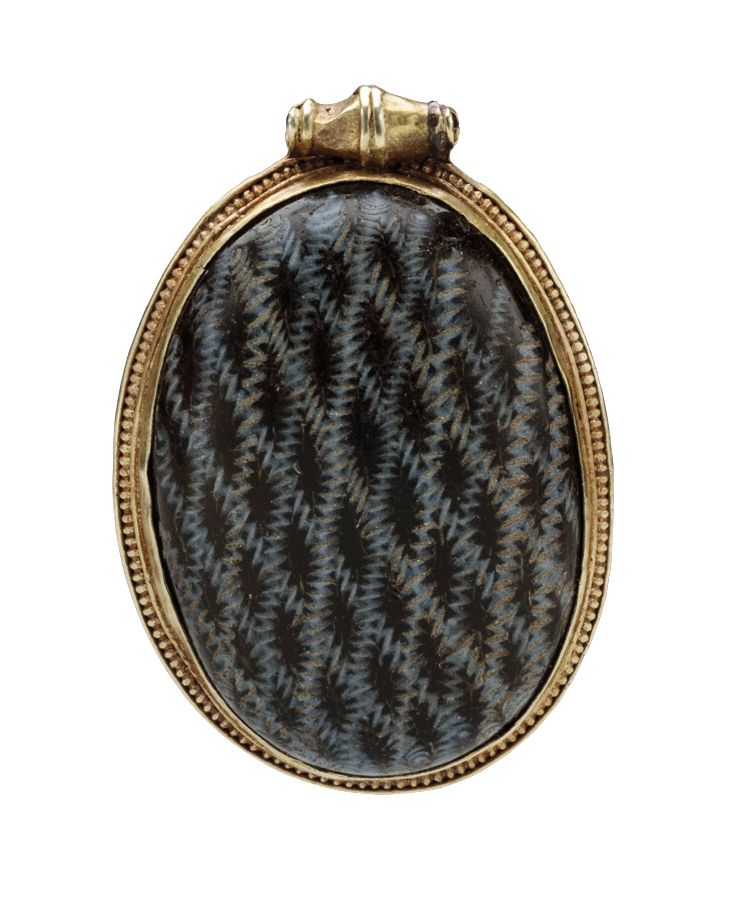
Mighty Fountain (2017), Gonzague Mézin for Maison Lignereux
Adrian Sassoon, €185,000
In the 18th century, Lignereux was noted for having boutiques in Paris and London, and for its unusual blending of French and English taste. Mézin revived the maison in 2015 to create contemporary objets d’art and this piece, one of an edition of eight, is from the Kubla Khan series inspired by Coleridge’s poem. It considers the eruption of creativity through water, an element perpetually in motion, creative or destructive, benevolent or malign. Its waterfall gush draws a contorted face, a droplet turns into a bullet, and gunshots pierce the bubbling base.
Mighty Fountain (2017), Gonzague Mézin for Maison Lignereux
